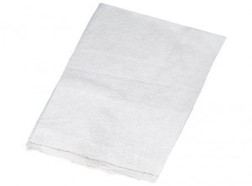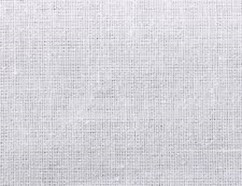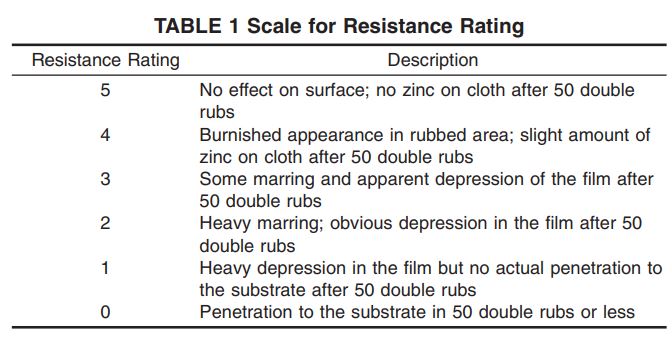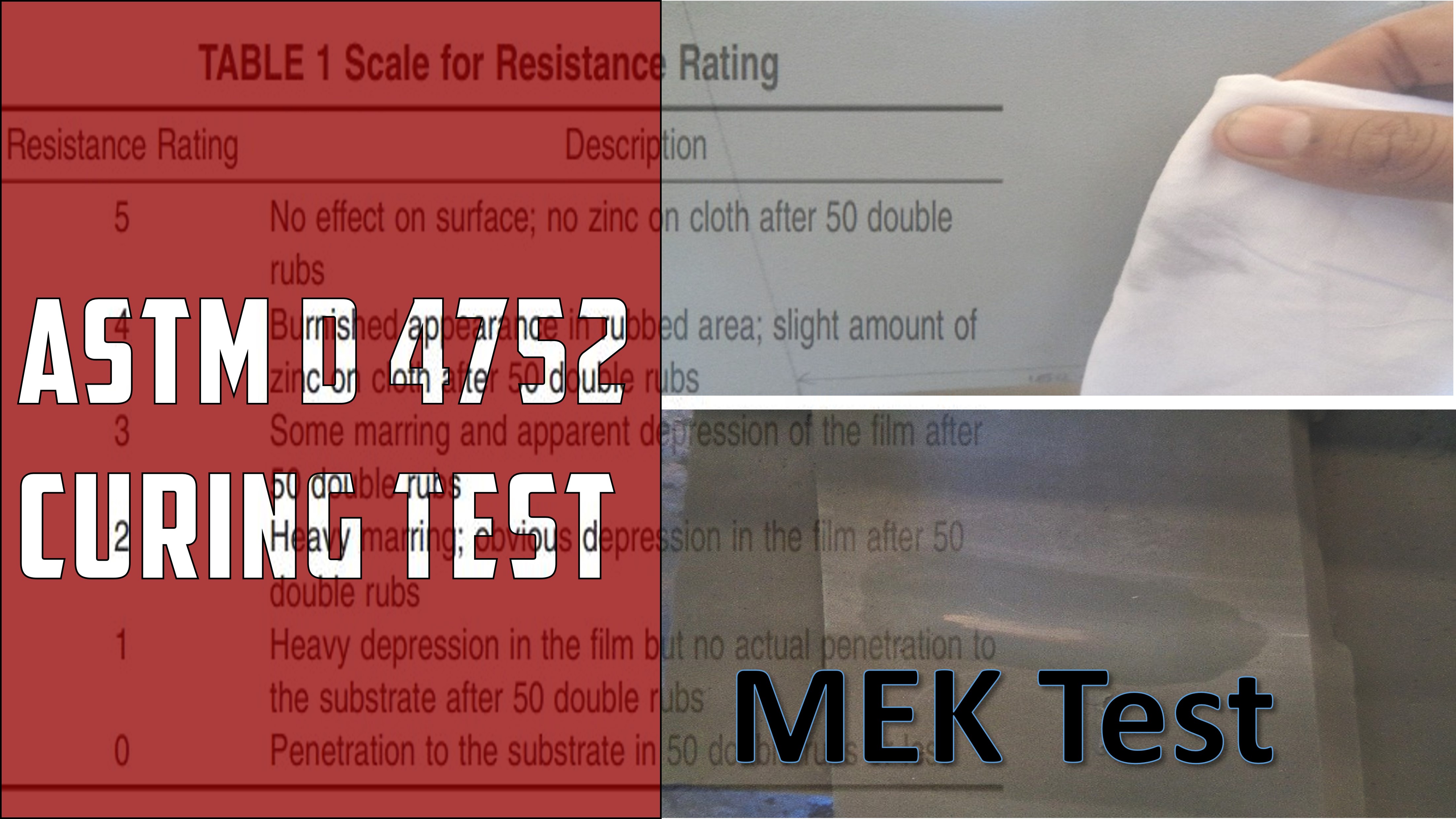Introduction:
In the world of construction and industrial projects, the finishing touch is often applied by coating inspectors and supervisors. Among the various types of coatings used, Inorganic Zinc Silicate Primer (IOZ) stands out for its exceptional protective properties. However, the curing process of IOZ primer paint can be a daunting challenge, especially in colder seasons or low-humidity environments. In this blog, we will delve into the intricacies of IOZ primer paint curing, explore the underlying issues, and provide comprehensive solutions for expediting the curing process. These solutions are validated through ASTM D 4752, a recognized standard for testing IOZ primer curing.
Why Curing Issues with IOZ Primer? In-Depth Insights
Moisture Dependency: The Role of Moisture: Inorganic Zinc Silicate Primer (IOZ) is unique in its curing process as it relies heavily on atmospheric moisture. When freshly applied, IOZ interacts with the moisture in the air to initiate a chemical reaction. This reaction leads to the formation of a protective zinc carbonate layer, which is crucial for the primer's performance.
Challenges in Low-Humidity Environments: One of the primary issues faced with IOZ primer is its susceptibility to low-humidity conditions. In arid or cold environments, the availability of moisture in the air is limited. As a result, the curing process can be significantly delayed or even halted. This poses a substantial challenge, particularly in regions with harsh winters or in industrial settings with controlled environmental conditions.
Temperature Sensitivity: Critical Temperature Factors: Temperature plays a critical role in the IOZ primer curing process. If the ambient temperature is too low, the chemical reactions involved in curing become sluggish. As a result, the formation of the protective zinc carbonate layer is hindered, leading to inadequate curing. On the other hand, excessively high temperatures can induce rapid curing, potentially causing coating defects such as blistering or improper adhesion.
Contamination and Surface Preparation: Surface Integrity Matters: Proper surface preparation is paramount in ensuring successful IOZ primer curing. Contaminants such as oil, grease, or rust can interfere with the primer's ability to adhere to the substrate and cure correctly. Surface contaminants act as barriers that prevent the primer from establishing a strong bond with the substrate.
Inadequate Preparation Consequences: Inadequate cleaning and preparation of the surface can lead to curing issues, compromising the overall performance of the coating. Moreover, contaminants can lead to premature coating failure, necessitating costly rework and maintenance.
Thickness and Application: Impact of Layer Thickness: The thickness of the IOZ primer paint layer directly affects its curing process. When excessive amounts of primer are applied, it can trap moisture within the coating. This trapped moisture can lead to non-uniform curing, which compromises the primer's protective capabilities.
Application Techniques: The technique used to apply the primer is also crucial. If the primer is applied unevenly or excessively, it can result in curing problems. Uneven application may lead to areas with insufficient primer, while excessive application can result in improper curing and coating defects.
Practical Solutions and Guidelines for IOZ Curing
Increase Humidity:
Humidifier Installation: Installing humidifiers in the curing environment is an effective strategy to control and elevate humidity levels. This step is particularly important in regions with low humidity or during dry seasons. Humidifiers ensure that there is an adequate supply of moisture in the air, promoting the curing process.
Isolation and Moisture Retention: To expedite IOZ curing, isolating the painted components with coverings can create a microclimate with higher humidity levels. Additionally, introducing moisture-absorbent materials within the isolation area helps retain moisture and further accelerates the hydrolysis process, aiding in the curing of the primer.
Sprinkle Water Directly: Immediate Application: Sprinkling water directly on the freshly applied IOZ primer is a practical solution to expedite curing. This should ideally be done around 30 minutes after coating application. However, caution must be exercised during this process to avoid damaging the coating. Touch-ups may be required, and it's advisable to consult with the paint manufacturer for specific guidance.
Use Paint Accelerators:
Consult Manufacturer: Some paint manufacturers offer curing accelerators that can be added to the primer just before application. These accelerators are designed to enhance the curing process. It is essential to consult with the manufacturer to determine the appropriate ratio and procedure for incorporating these accelerators.
Document in Painting Report: Any adjustments made, such as the addition of curing accelerators, should be meticulously documented in the painting report. This ensures transparency and traceability in the coating process.
Testing as per ASTM D 4752, MEK Test:
Essential for Curing Assessment: The Methyl Ethyl Ketone (MEK) test is a standard method for evaluating the curing of IOZ primer. It involves rubbing the coated surface with MEK-soaked cotton cloth for a specified number of rubs and with recommended pressure as outlined in the ASTM D 4752 standard.






Appropriate Cotton Cloth: Adherence to Standard: To conduct the MEK test accurately, it is essential to use the specified white cotton cloth as per the ASTM D 4752 standard. The choice of cloth is critical to obtaining reliable test results.


Interpretation:
Rating System: The results of the MEK test are typically assigned a rating on a scale from 0 to 5. A rating of 5 indicates excellent curing, while 0 implies inadequate curing. Interpreting these results requires expertise and experience, as factors such as the number of rubs, pressure applied, and the condition of the cloth all contribute to the final rating.

Additional ASTM D 4752 Details:
Thorough Compliance: It is essential to adhere rigorously to all the requirements specified in ASTM D 4752 during testing. This includes following the recommended testing procedures, documenting test parameters, and ensuring that the test conditions match the project's specific environmental conditions.
Conclusion:
Inorganic Zinc Silicate Primer curing is a critical step in ensuring the long-term performance and protection of coated surfaces. Coating inspectors, supervisors, paint technologists, and project expeditors play a pivotal role in expediting the curing process while maintaining the highest quality standards.
By proactively addressing the challenges associated with IOZ primer curing through meticulous surface preparation, environmental control, and validated solutions, professionals can ensure that projects are completed on time without compromising the durability and protective qualities of the coating.
Additionally, validating the curing process through tests like the MEK test, following the ASTM D 4752 standard, provides the necessary assurance that the coating will deliver the intended performance. In a world where deadlines and quality are paramount, mastering the art of IOZ primer curing is essential for those in the coating industry.
Remember, excellence in coating inspection and supervision not only ensures the longevity of structures but also contributes to safety, aesthetics, and overall project success. Your dedication to mastering these techniques can make a significant impact in the world of coatings.
For real-time, actual, and perfect implementation of the solutions and guidelines discussed in this blog, it is highly recommended to collaborate with experts in the field of paint and coating consultancy. One such trusted partner is the "BG Group of Paint and Coating Consultant." Their extensive experience and expertise in the realm of coatings make them a valuable resource for ensuring the success of your projects, especially when dealing with Inorganic Zinc Silicate Primer (IOZ) and its curing challenges.
Why Choose BG Group of Paint and Coating Consultant?
Expertise: BG Group boasts a team of seasoned professionals who specialize in the intricacies of coatings, including IOZ primer. Their knowledge extends to various industries and environments, allowing them to tailor solutions to your specific needs.
Real-Time Solutions: When you collaborate with BG Group, you gain access to real-time solutions and on-site expertise. They can assess your project's unique conditions, provide immediate guidance, and implement solutions as required.
Actual Implementation: BG Group understands that theoretical knowledge is only part of the equation. They excel in translating theory into practice, ensuring that the recommended solutions are not only viable but also effectively implemented in your project.
Perfection in Execution: Achieving perfection in coating application and curing is the ultimate goal. BG Group's consultants are committed to excellence, and they work diligently to ensure that your IOZ primer curing process aligns with industry best practices and standards.






